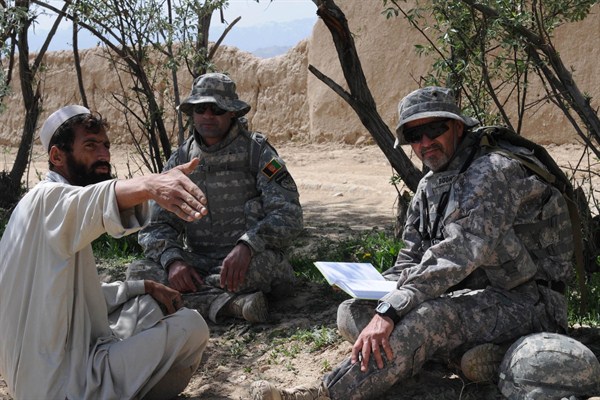Several weeks ago, the U.S. Army quietly killed a program called the Human Terrain System. Created at the height of American counterinsurgency operations in Iraq and Afghanistan, the program deployed teams of social scientists to conduct highly focused cultural research and advise U.S. military commanders on how to use this knowledge to work more effectively with local populations. While saddled with many problems, particularly early on, the Human Terrain System ultimately complemented traditional intelligence and helped beleaguered U.S. military forces understand the human environment where they fought and worked.
Still, the program’s cancellation created only a brief ripple among Washington defense experts and went unnoticed outside the Beltway. Since it created few jobs in congressional districts, no elected officials rushed to its defense. Since it didn’t involve big-ticket purchases from major defense contractors, no lobbyists pushed to save the program. By Washington standards the demise of the Human Terrain System was a quiet one.
This was unfortunate: The program’s importance exceeded appearances. Its cancellation, in fact, says much about how the U.S. military expects to operate in the next decade or so, and the type of risks it is willing to take during a time of hard decisions and difficult trade-offs.

